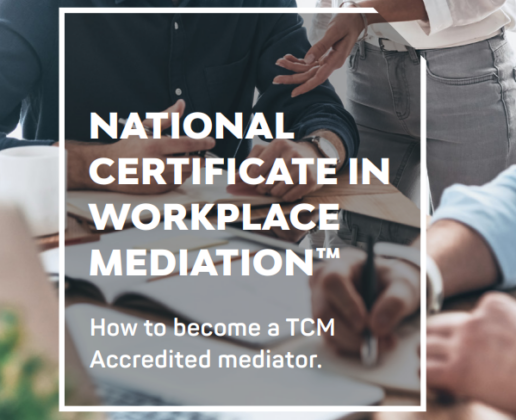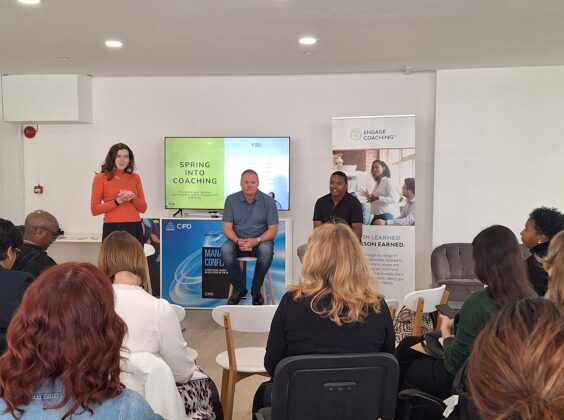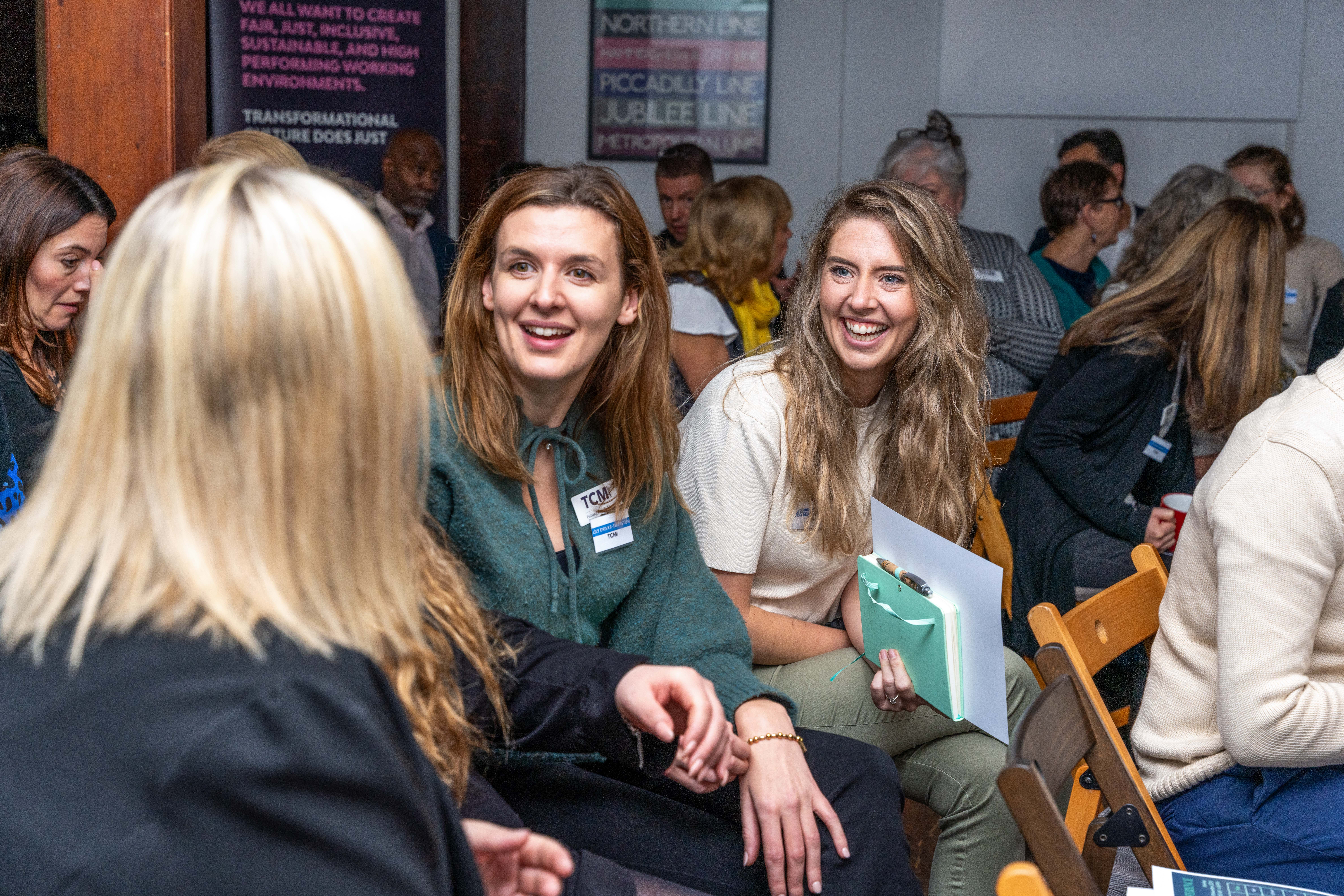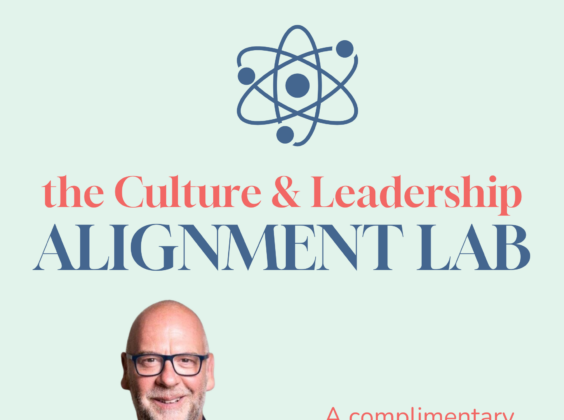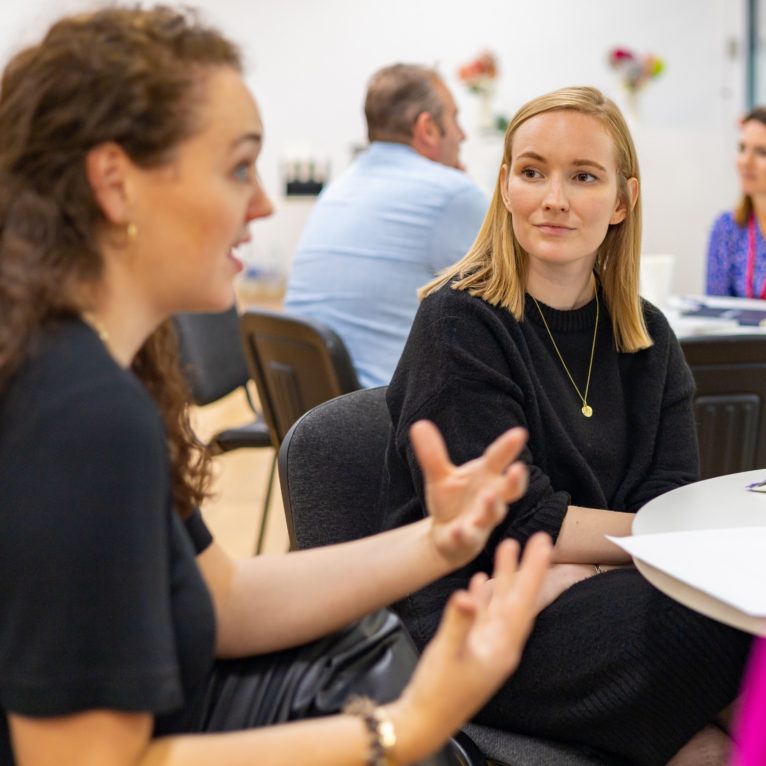
Share article:
Tags:
An introduction to the principles, processes and practical applications of mediation
Why mediation? The concept is alien to many, provoking apprehension, confusion and a lot of misunderstanding. It’s not meditation, it’s not medication… it’s a compassionate approach to conflict resolution.
Resolution Consultants Marie Coombes and Harriette Wolff opened our eyes, presenting an interactive introductory session to eager listeners. Conflict in the workplace is an inevitable part of culture – it’s about how we deal with this conflict that makes all the difference to business, collective and individual wellbeing.
It was first important to take a look at the causes, costs and challenges of workplace conflict.

Existing dispute resolution systems, led by formal litigation, perpetuate these negative costs, challenges and causes of conflict. Traditional grievance procedures are inherently reactive and adversarial. By making fixed judgments, without really understanding the parties involved, both business and individual needs are ignored. Creativity is impeded, and a culture of blame is left to permeate. When the outcome is enforced through formal litigation, further polarisation is caused, with issues most likely left unresolved and anger untreated.
What would happen if we opened the door to dialogue?
The principles
Mediation, by stark contrast, creates a safe, facilitated space and allows for parties to deal with their issues productively and constructively. At The Mediation Company, this process has a 93% success rate. It’s an adult-to-adult framework, mindset and set of skills, functioning on an entirely voluntary and confidential basis. The mediator acts as a neutral third-party, opening the floor for an open and honest discussion. They then identify a mutually acceptable outcome, collectively with the parties, enabling a collaborative environment. Judgment, blame and grievance are replaced by compassion, collaboration and communication.
The process*
*The process is usually modified or extended when using team mediation to resolve larger group disputes.
The first meeting
- Both parties meet with the mediator individually.
- This meeting provides an opportunity for both parties to identify the root cause of the conflict.
The second meeting
- This meeting is also held individually.
- Both parties understand and decide how they want to explain their situation within the joint meeting.
The joint meeting
- Both parties are together in a room with the mediator.
- They both have uninterrupted speaking time and are encouraged to listen and understand each other’s perspective.
- This part of the process can completely change the dynamic and is hugely powerful.
The exchange
- A mutual agreement is made for resolution.
Mediation concludes
- Parties are invited to reflect on the process and the outcome.
- They decide on future action to be taken if further conflict arises.
- The mediator remains in contact with the parties involved for a year after mediation.
The benefits of mediation

Marie embedded an in-house mediation scheme into the Royal Mail, transforming their traditional grievance procedures to become a person-centred process. She stressed the importance of securing buy-in from management and unions to ensure stakeholder engagement throughout the transition. Since moving to mediation, the organisation has seen a 95% success rate in conflict resolution. That means less personal, organisational, and financial cost to the largest postal service in the UK.
The practicalities
Harriette and Marie scripted eight questions to pose to an organisation looking to transition to mediation.
- Does conflict management feature as a strategic priority within our business?
- What is the real cost of conflict to our business and our employees?
- How many grievances do we get each year and how much do they cost us?
- How much do we spend on formal processes: settlement agreements, tribunals, compensation and legal fees?
- What impact does conflict have on our employee engagement/satisfaction levels?
- How much management time is spent dealing with conflicts and disputes?
- Is workplace conflict impacting on our customer experience?
- Do we train our managers and leaders to spot issues and nip them in the bud?
Once a thorough analysis of the business has been made, it’s vital to clearly detail the integration of the mediation scheme.
- Develop the business scheme
- Engage your stakeholders
- Embed mediation into relevant policies and practices
- HR, union and management training – triage, facilitated conversations and mediation skills
- Recruit, select and train a multi-disciplinary team of in-house mediators
- Publicise and communicate your exciting new resolution scheme
- Measure, evaluate and report – accountability and ROI
When conducting the process, mediators are entrusted to take the grief out of the grievance. They must listen actively, acknowledging, affirming and appreciating parties. Empathy is crucial alongside a banishing of assumptions, judgment and blame. The situation must be depersonalised, with a focus on interests and needs, in order to negotiate and form mutually beneficial agreements.
The new triumvirate of HR, managers and unions will ensure a smooth and steady transition. With a mediation scheme properly embedded – and engaged across all levels of the organisation – businesses can get back to acting with integrity, compassion, and collaboration. Open your eyes to those around you and make the move to mediation.
The Mediation Company, as a sister company of The TCM Group, can provide you with the tools, skills and services that you need. We provide in-house mediation eye openers; accredited mediator training; mediation services; team mediation; mediation training; investigation and coaching training; management and leadership training; and the setting up of an internal mediation scheme. We’re here to help you help others.
If you missed out on the webinar and would like to catch up, great news! We recorded the session and you can catch up below (or here.)
Robyn Marsh: Senior Communications Executive at The TCM Group


